25 June 1778 Thursday
. . . . . .
1789
Descrizione dei circhi, particolarmente di quello di Caracalla e dei giochi in esso celebrati
Description of circuses, particularly that of Caracalla and the divine games celebrated in it
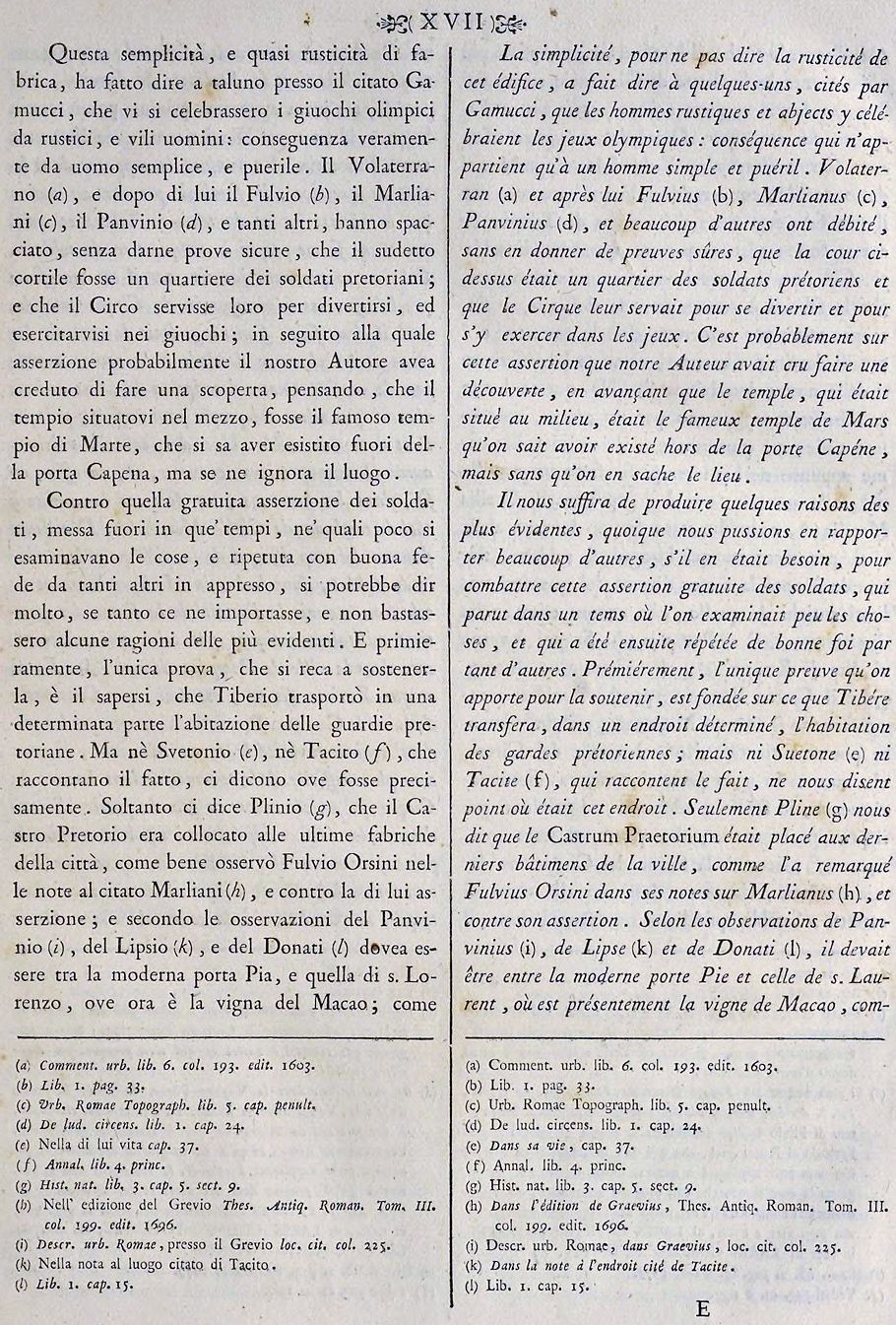
This simplicity, and almost rusticity of construction, has caused someone to say near the aforementioned Gamucci, that the Olympic Games were celebrated there by rustics, and vile men: a truly simple and childish consequence. Volaterrano (a), and after him Fulvio (b), Marliani (c), Panvinio (d), and many others, have peddled, without giving any sure proof, that the aforementioned courtyard was a quarter of the Praetorian soldiers ; and that the circus served them to amuse themselves, and to practice their games; following which assertion our Author probably believed he was making a discovery, thinking that the temple located in the middle was the famous temple of Mars, which is known to have existed outside the Capcna gate, but its location is unknown.
Against that gratuitous assertion of the soldiers, put out in those times, in which things were rarely examined, and repeated in good faith by many others afterwards, a lot could be said, if we cared so much about it, and a few reasons were not enough. of the most obvious. And first of all, the only proof that goes to support it is the knowledge that Tiberius moved the house of the Praetorian guards to a certain part. But neither Suetonius (e), nor Tacitus (f), who recount the fact, tell us where it was precisely. Only Pliny (g) tells us that the Castro Pretorio was located at the last buildings of the city, as Fulvio Orsini well observed in the notes to the aforementioned Marlianì (h), and against his assertion; and according to the observations of Panvinio (i), Lipsio (k), and Donati (l) it must have been between the modern Porta Pia, and that of s. Lorenzo, where the Macao vineyard is now; Nardini also agrees (a), and the Scholiaste of Juvenal brought by Lipsio proves it more clearly: Juxta aggerem primus posuit castra Sejanus, id est super Diocletianas: quae dicta sunt Castra Praetoria (Next to the rampart, Sejanus was the first to set up a camp, that is, above Diocletian, which was called the Praetorian Camp).
32 y.o. Francesco Piranesi 1 August 1790
Raccolta de'Tempj antichi, Vol. II.
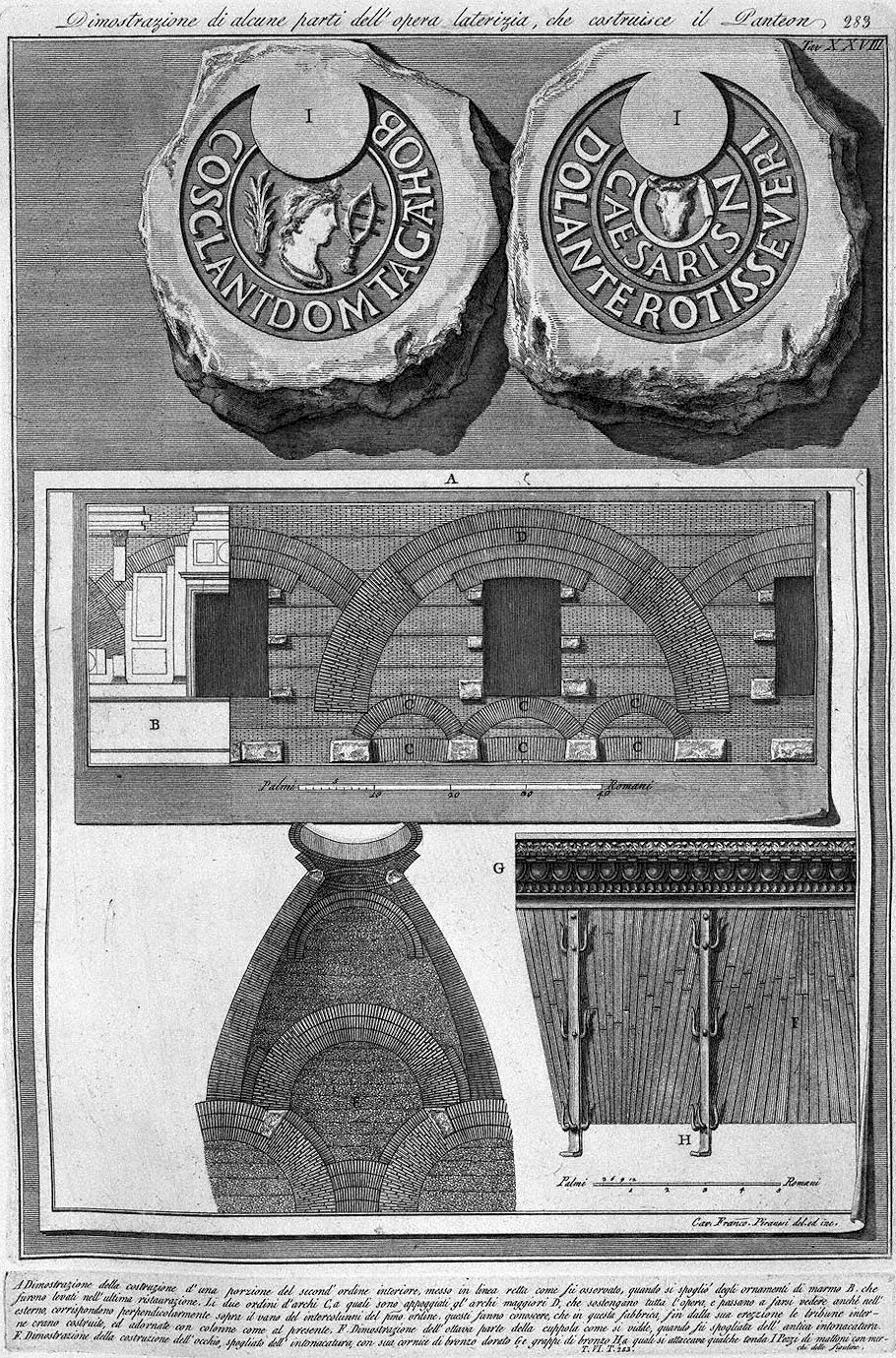
Demonstration of some parts of the brick work that builds the Pantheon
A Demonstration of the construction of a portion of the second interior order, placed in a straight line as it was, observed, when the marble ornaments were stripped B. which were removed in the last restoration. The two rows of arches C. on which the major arches D. which support the whole work and which also appear on the outside are supported, correspond perpendicularly above the space of the intercolumns of the first order, these show that in this building, since its erection, the internal tribunes were built and adorned with columns as at present. F. Demonstration of the eighth part of the dome as it was seen, when it was stripped of the ancient plastering. F. Demonstration of the construction of the oculus, stripped of the plastering, with its gilded bronze frame G. and bronze grapples H. to which any curtain was attached I. Pieces of brick with the merging of the figurines.
Cav. Francesco Piranesi drawn and engraved
25 June 1812 Thursday
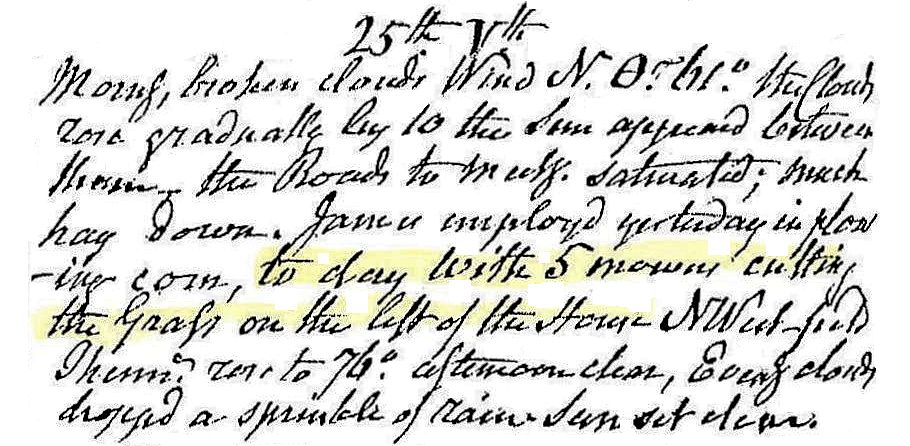
Morning broken clouds, wind N, temperature 61°. The clouds rose gradually, by 10 the sun appeared between them. The roads to Meeting saturated; much hay down. James employed yesterday in plowing corn, today with 5 mowers cutting the grass on the left off the house, NWest field. Therm. rose to 76°. Afternoon clear. Evening clouds dropped a sprinkle of rain. Sunset clear.
25 June 1991
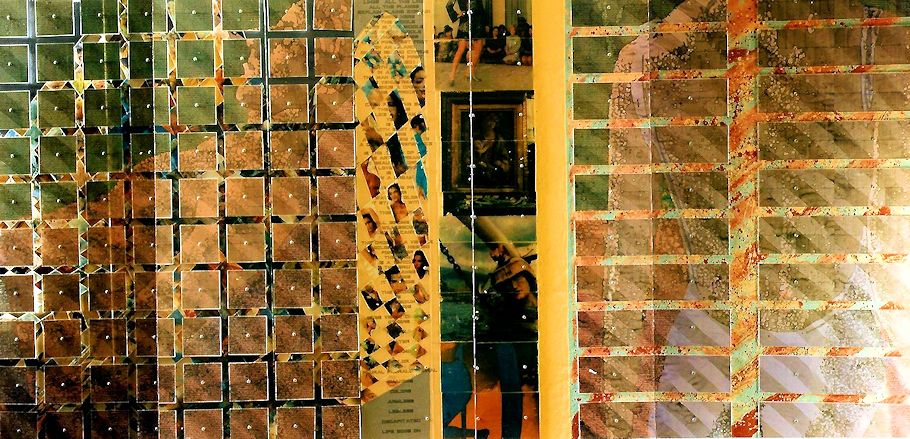
(so-called) Birth of Venus in a Dream 3
25 June 2003
top 5 movies with great architecture or regarding architecture
Did you know that when a depiction of Boullée is shown in The Belly of the Architect, the image is actually that of Piranesi?
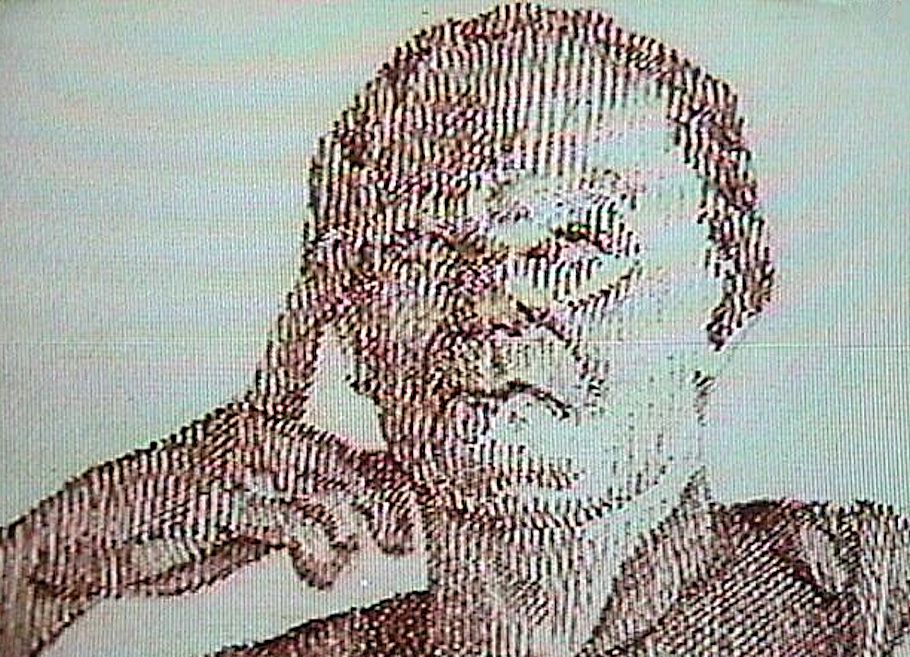
Just over a year ago there was a display within "Theatrics Times Two" at www.quondam.com that compared the symmetry of The Ruling Class with the symmetry of The Belly of the Architect. I think Greenaway was much influenced by The Ruling Class.
25 June 2005
Dear Abra
What is "design in perspective?" Is it a building? Is it an interior design? Are there any historical examples?
If "design in perspective is design in non-Euclidean space," then does that mean it is indeed possible for something man-made to be non-Euclidean and at the same time exist in the overall near-Euclidean space that is our world to begin with? Or could/should the statement read "design in perspective is design OF non-Euclidean space?"
Could it be that human perception of space may be non-Euclidean, but that human imagination has evolved (so far) in a very Euclidean manner?
Envisioning the Past
Sam Smiles and Stephanie Moser, editors, Envisioning the Past: Archaeology and the Image (Malden, MA: Blackwell Publishing, 2005).
I've been looking forward to getting/reading this book for almost a year now because of Susan M. Dixon's "Illustrating Ancient Rome, or the Ichnographia as Uchronis and Other Time Warps in Piranesi's Il Campo Marzio." therein.
I've known Sue Dixon since 1975, as we started architecture school together. Sue and I had many phone conversations regarding Piranesi and the Campo Marzio from 1994 to 1997. We hardly communicate at all anymore, and that's mostly because Sue sees my Campo Marzio work as too outside the realm of academia and also somewhat infringing upon the work that she herself wanted/wants to do. In her last email to me (of almost two years ago) she actually suggested that "publishing via the web is not copyrighted." Of course, I immediately informed her that her supposition was completely bogus, and it is indeed unfortunate that such a notion is indicative of how academia chooses to view any kind of publishing that is outside of academia's own control.
I still like Sue, but I don't like the academic mold that she and all others like her have to conform to. I particularly dislike how my unprecedented Campo Marzio work remains academically unrecognized. Granted, I was surprised to find Sue actually mentioned me in a footnote within her essay above, but all that really does is point to a rather large lacunae in her references. I'll be "de-constructing" "Illustrating Ancient Rome..." in a series of subsequent posts... Here's something for starters:
The whole point of Dixon's "Illustrating Ancient Rome..." occurs in one sentence on page 121:
"In this sense, the Ichnographia reads as a memory of an ancient Roman past rather than a historical reconstruction of it."
This passage is remarkably similarly to a sentence within the abstract to "Inside the Density of G.B Piranesi's Ichnographia Campi Martii" which I wrote in 1999:
"The hundreds of individual building plans and their Latin labels within the Campo Marzio do not "reconstruct" ancient Rome as much as they "reenact" it."
It looks like Sue hasn't realized that human memory itself is nothing but a reenactment.
...footnote 16 of "Illustrating Ancient Rome..." reads:
I thank Stephen Lauf for pointing out this late fourth-century monument. It is situated on the right bank of the Tiber, just south of the bridge leading to the Mausoleum of Hadrian.
The monument Dixon notes is the Arch of Gratian and Valentinian II, but the arch that Piranesi delineates within the Ichnographia is the Arch of Gratian, Valentinian and Theodosius, so I'm not really sure what Sue is thanking me for (and I certainly hope that she is not somehow covertly implicating me as to making a mistaking identification). There are a couple of possibilities as to what really happened here:
1. Sue could be recalling some long ago phone conversation that we had. I doubt this though.
2. Sue is referencing (albeit incorrectly) page 6.1 of "Inside the Density...". If this is the case, then she should certainly have provided the full bibliographical reference.
3. Sue could be referencing the "Honorius, Flavius" entry of Encyclopedia Ichnographica that was published at Quondam in 1998. The Arch of Gratian, Valentinian and Theodosius is indicated there as well.
LIVE 8 ("Indian" Trails) in Philadelphia
If any architects are going to be in Philadelphia for LIVE8 and also have some time to do other things in Philadelphia, here's a suggestion:
Explore one or some of the ancient "Indian" trails that are still a part of Philadelphia's urban fabric. You'll need a car to "do" any of the trails from beginning to end, and give yourself anywhere from a half hour to two hours of (one-way) travel time depending on which trail you take.
Germantown Avenue--begins at 2nd and Girard Avenue and goes north all the way to Chestnut Hill (and beyond).
Old York Road--begins as an offshoot of Germantown where Rising Sun also shoots off of Germantown (next to Temple University Hospital) and goes way out into the northern suburbs. You'll eventually even see Wright's Beth Sholom synagogue.
Rising Sun Avenue--begins as an offshoot of Germantown Avenue and culminates at Tabor Road (at what may well have been a solstice celebration site, and you'll also be around the corner from Rita Novel's house). Rising Sun Avenue does continue beyond Tabor Road, but that stretch is not "Indian".
Frankford Avenue--begins off of Delaware Avenue just south of Penn Treaty Park (where William Penn made a treaty with the "Indians" right on the Delaware River) and end again in the northern suburbs.
Oxford Avenue--I'm not sure, but Oxford may be an offshoot of Frankford Avenue and continues north through Northeast Philadelphia and culminated at Rhawn Street in Fox Chase.
Ridge Avenue--begins at 8th and Arch Street and heads westward all the way to Norristown and beyond. At Ridge and Buttonwood Street is were Franklin discovered that electricity and lightening are the same thing.
Passyunk Avenue is, I think, also an "Indian" trail, starting at 5th and South Streets and heads south west. Passyunk Avenue is a one-way street going north however, and I'm not sure what it's other "end" is.
There might well be more "Indian" trails that are now Philadelphia city streets, like Lancaster Avenue and Baltimore Pike, but I'm not sure at this point. Anyway, if you ever do any of these trips, note whatever architecture you see because a lot of it is some of the oldest (more or less common) stuff left in Philadelphia. Also note the undulating terrain of the roads both in plan and in section.
25 June 2007
For the pleasure of sharing ideas, through the poetry of the printed word
My predominate style is 'letter writing' style. Honest, easy and personal.
What I'd like to do more of is 'fictitious historical dialogue'.
As of yesterday, reading Duboy (again) along with ongoing Montesquieu and spotty Foucault--bricolage plus letters plus Las Meninas etc. Mix that with 'fictitious historical dialogue' and you have my next book project.
It's a book about all kinds of style. The working title is über œuvred e suicidal. Piranesi hires a Quaker lawyer to fix historical inaccuracies while the Quaker lawyer hires Piranesi to design an historically accurate house. Neither knew of the other's true propensity--playful double-meaning meets good-natured honesty--yet they discover themselves to be a formidable team. You'll think you're laughing and you'll laugh about thinking.
various inspirations
...been reading Duboy's Lequeu again to pick up on the bricolage. ...today wrote about Piranesi and Miers Fisher (a Quaker lawyer).
The Quaestio Abstrusa backgrounds should become a renewed inspiration. ...start combining past drawings as well as past models.
25 June 2015
Why are people so fascinated with classical architecture?
Las Vegas learning from Piranesi is so next month. Why do I get the feeling that 5233 is now adjacent the Luxor's Sphinx? Akhenaten's quartz pyramid wo bist du? Not Merrill lynched, more just hung out to dry.
25 June 2019
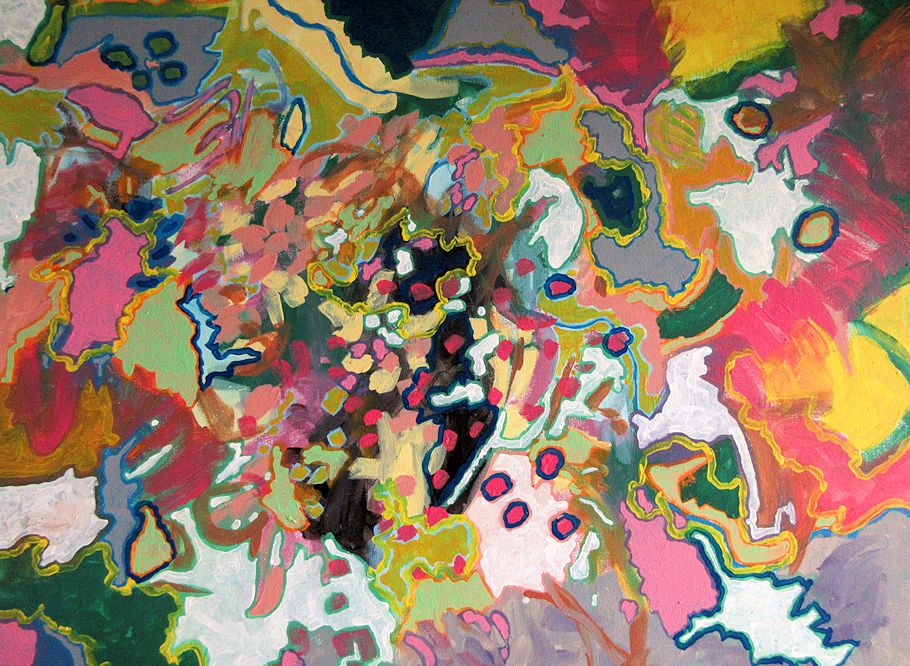
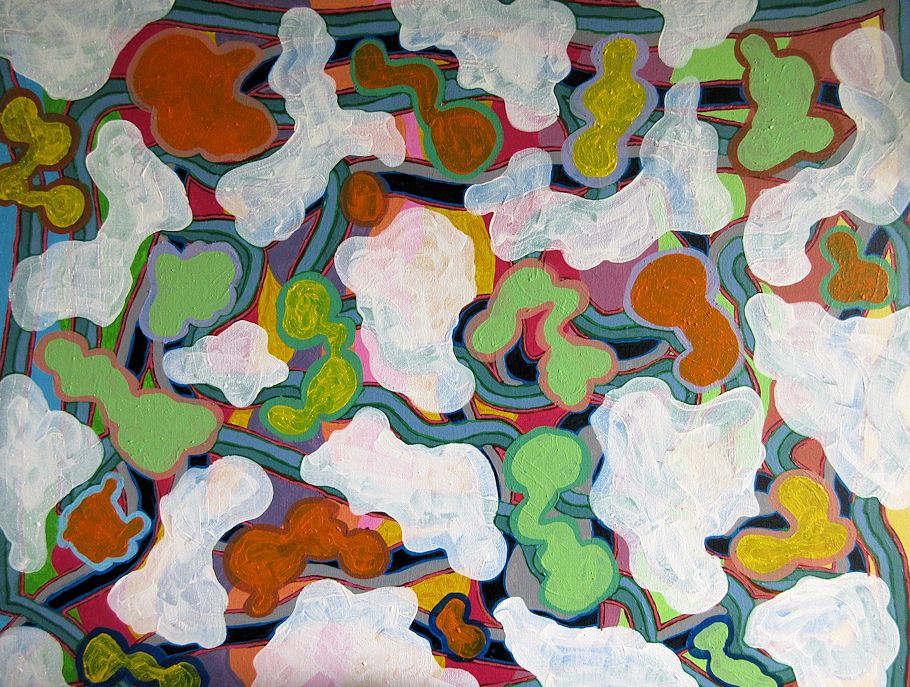
25 June 2020

Mary Boone's 180 hours of community service hours 123 124
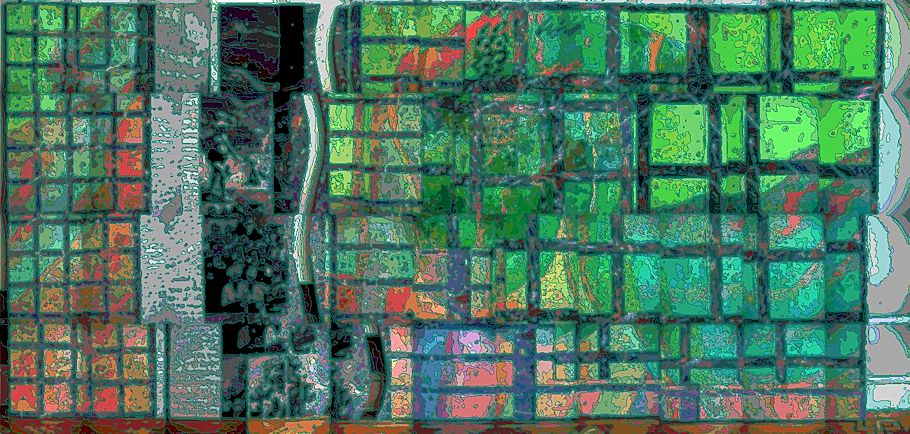
Virtual Painting 558
25 June 2023 Sunday
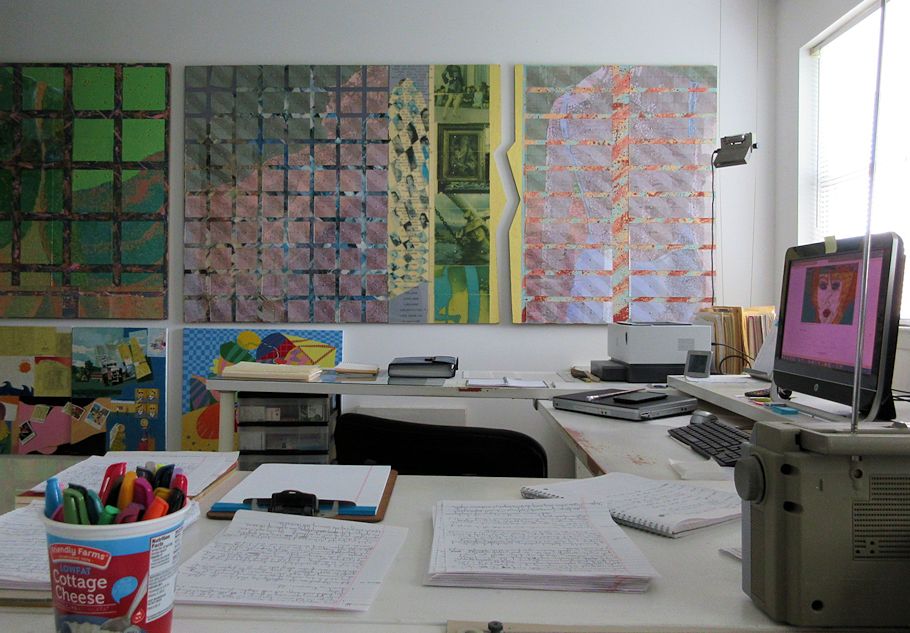
unedited
It is interesting to know that Caracalla had a number of temporary circuses built. That indicates how the circus plan formula developed--continual building opportunities over several centuries, hence continual opportunities for refinements. Plus, we now know that, by at least Caracalla's time, building large circuses spontaneously and relatively quickly was indeed a reality; probably mostly earth and timber, and not so much stone. The more permanent (urban) circuses were built for select, and often repeated, occasions. Who knows, maybe the earliest circuses were built and unbuilt and rebuilt continuously for decades. When you think about it, all you really need is a spina and a fair set of starting gates, and most of the spectating was "at your own risk."
|